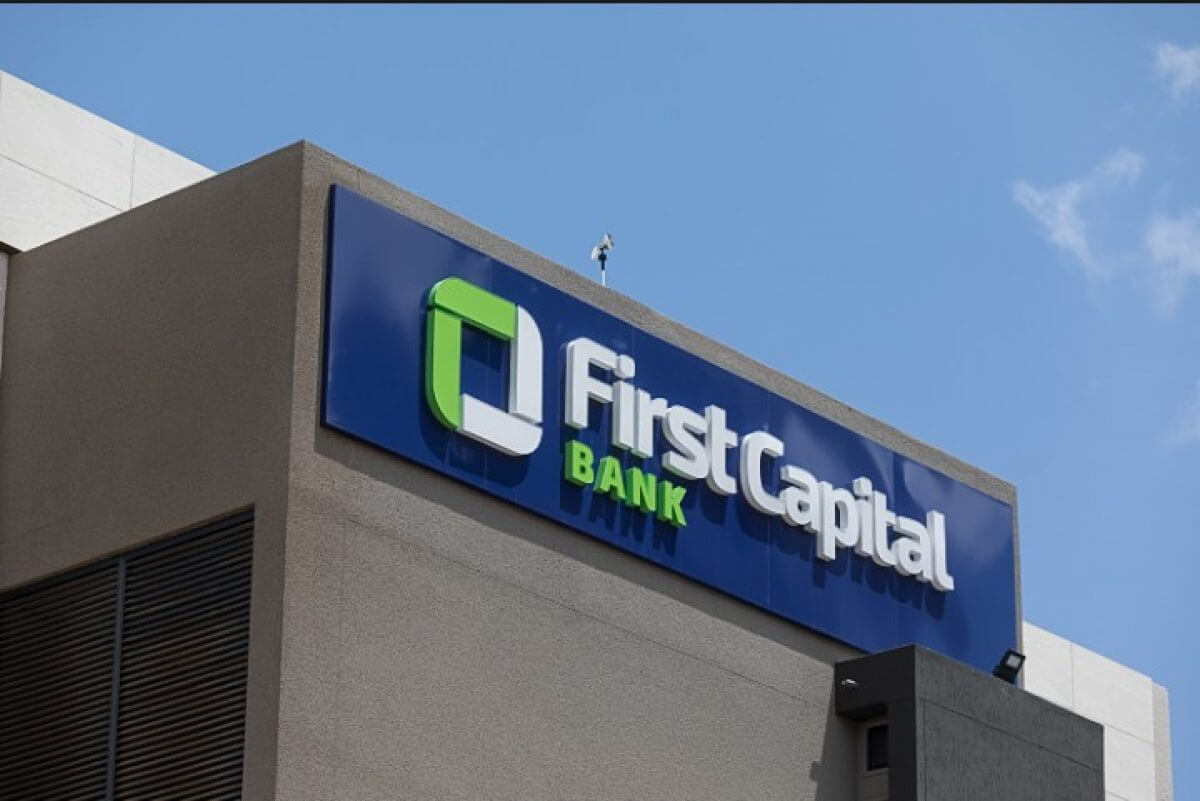- A bank overdraft is a flexible, short-term loan that is available to businesses to help them manage their cash flow.
- It is a form of borrowing in which a bank allows a business to withdraw more money than it has in its account, up to a pre-agreed limit. Bank overdraft is one of the most popular sources of finance for businesses.
Features of bank overdraft:
- It is a short-term source of finance, usually for up to 12 months.
- The interest rate is usually variable and is charged on the amount of overdraft used.
- It is a flexible source of finance, as businesses can use it as and when required.
- It can be arranged quickly, sometimes within a few days.
- The amount of overdraft available is usually linked to the creditworthiness of the business.
Ideal uses of bank overdraft:
- To cover short-term cash flow problems, such as late payment from customers or unexpected expenses.
- To take advantage of trade discounts or bulk purchasing opportunities.
- To finance seasonal fluctuations in business activity.
Benefits of bank overdraft:
- Flexibility: Bank overdrafts are a flexible source of finance, as businesses can draw down the funds as and when required.
- Cost-effective: The interest rate on a bank overdraft is usually lower than that of a business loan, making it a cost-effective form of borrowing.
- Easy to arrange: Bank overdrafts are easy to arrange, and businesses can usually access the funds within a few days.
- No fixed repayment schedule: Unlike a loan, there is no fixed repayment schedule for a bank overdraft, which can be beneficial for businesses with irregular cash flow.
- Improves credit rating: Using a bank overdraft responsibly and paying it back on time can improve a business’s credit rating.
- Provides liquidity: Bank overdrafts provide businesses with access to additional funds that can be used to pay bills, purchase inventory, and cover other expenses.
- No collateral required: Bank overdrafts are unsecured loans, which means that businesses do not need to provide collateral to secure the loan.
- Better than credit cards: Bank overdrafts are a better source of finance than credit cards, as they offer lower interest rates and more flexible repayment terms.
Drawbacks of bank overdraft:
- Interest rate risk: The interest rate on a bank overdraft is usually variable, which means that it can go up or down, depending on market conditions.
- Fees and charges: Banks may charge fees and charges for setting up and using an overdraft facility, which can increase the cost of borrowing.
- Limited availability: The amount of overdraft available to a business is usually linked to its creditworthiness, which means that it may not be a suitable source of finance for all businesses.
- Risk of default: If a business is unable to repay the overdraft, it may damage its credit rating and incur additional charges and fees.
- Short-term solution: Bank overdrafts are a short-term solution to cash flow problems and are not suitable for long-term financing.




